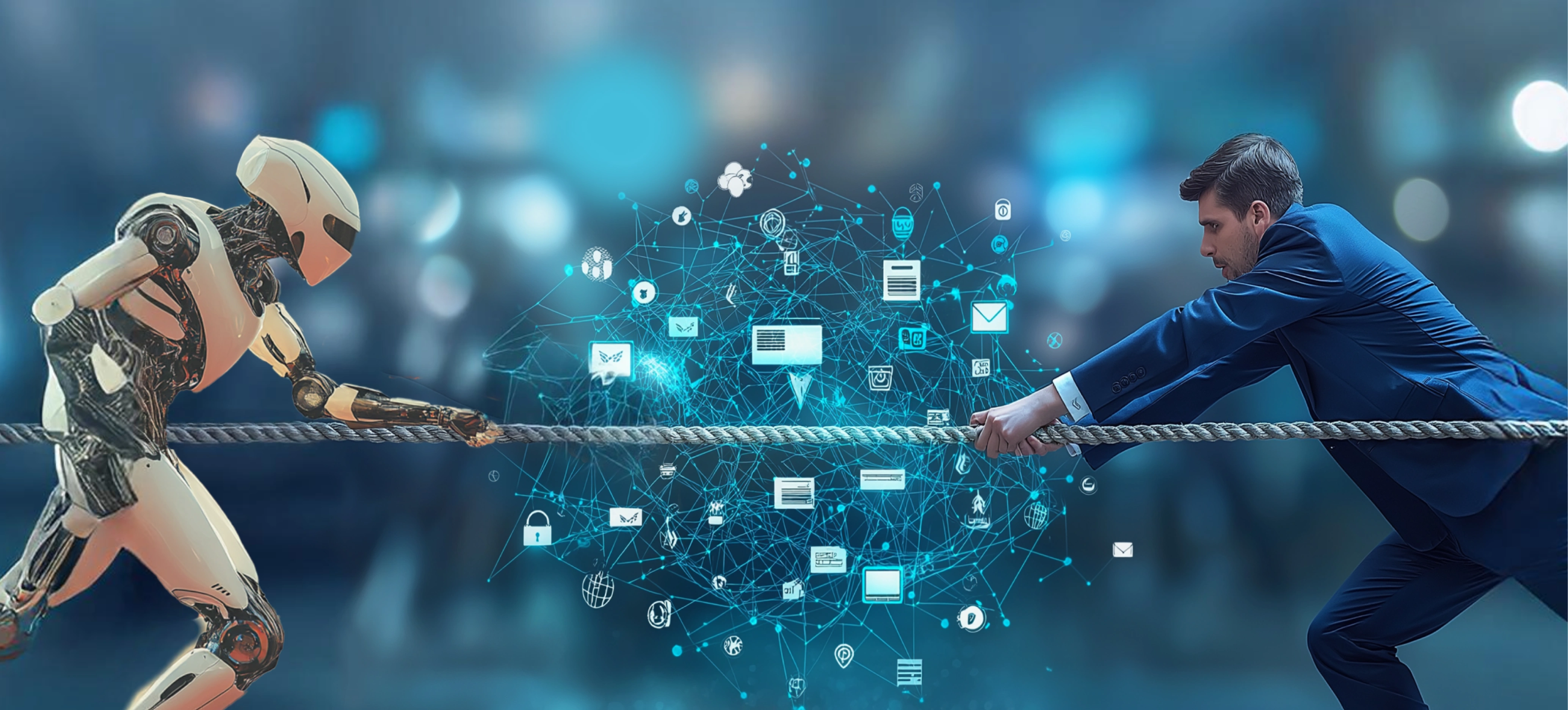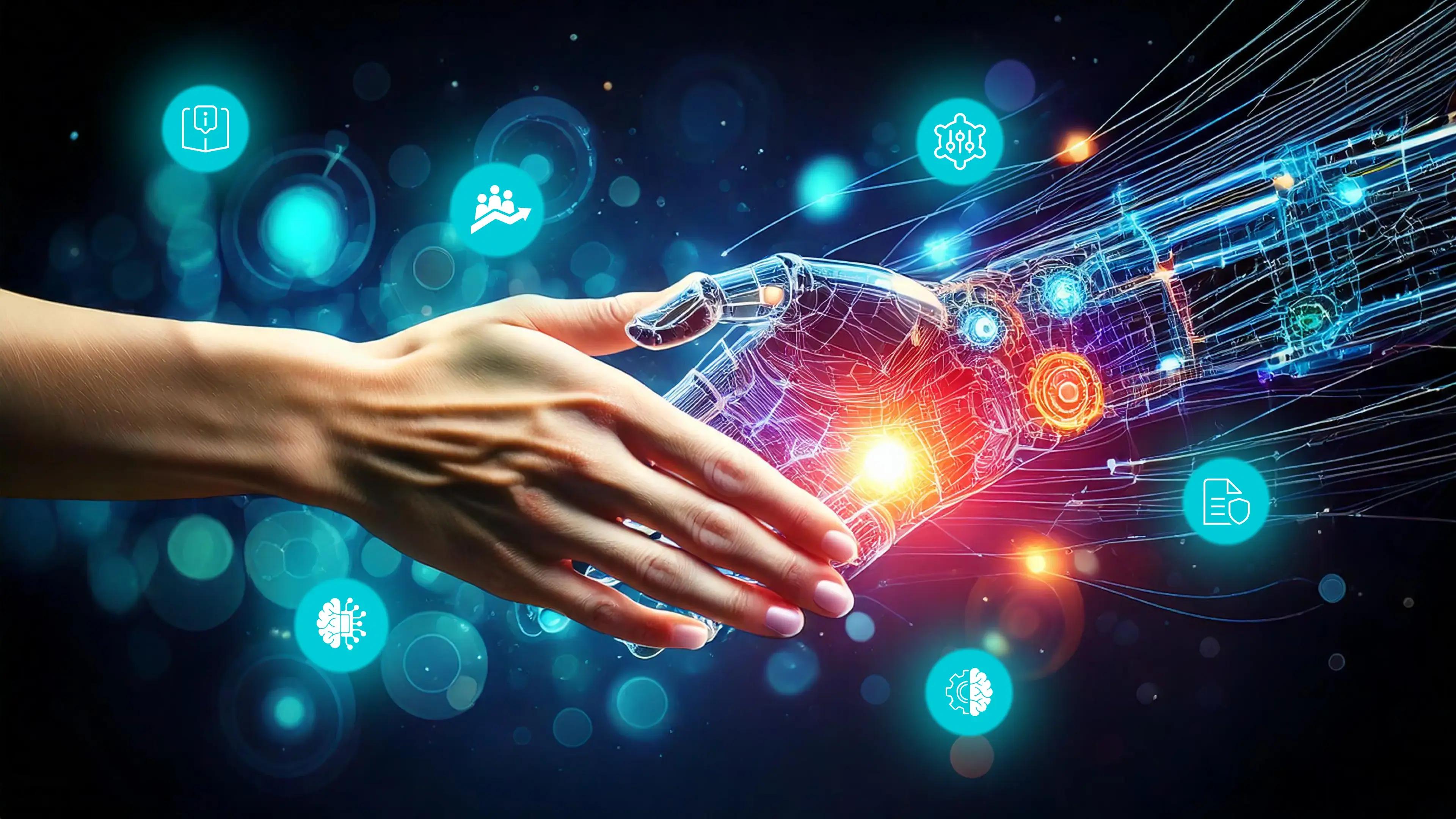AI – Intuition Tug of War
How 96% of Leaders Balance Technology and Human Insight in Decision-Making
70% of Your IT Budget Is Wasted on Legacy
Legacy systems drain your spend, slow your teams, and stall innovation. Modernize with speed, security and confidence — guided by our experts.
Let's talk about the elephant in every modern boardroom - the constant tug of war between AI's number-crunching brilliance and that nagging feeling in your gut. You know the one. It's that moment when your fancy AI dashboard is screaming "GO!" while your instincts are pulling the emergency brake. Welcome to the reality of being a business leader in 2025.
Every day, somewhere, a leader is pulling their hair out, going back and forth between highly optimistic AI forecasts and real customer feedback that’s practical more often than not. On one hand there are dazzling growth projections, on the other, your inbox is flooded with messages that make you go, ‘Is this the right decision?’Let’s understand this dilemma better.
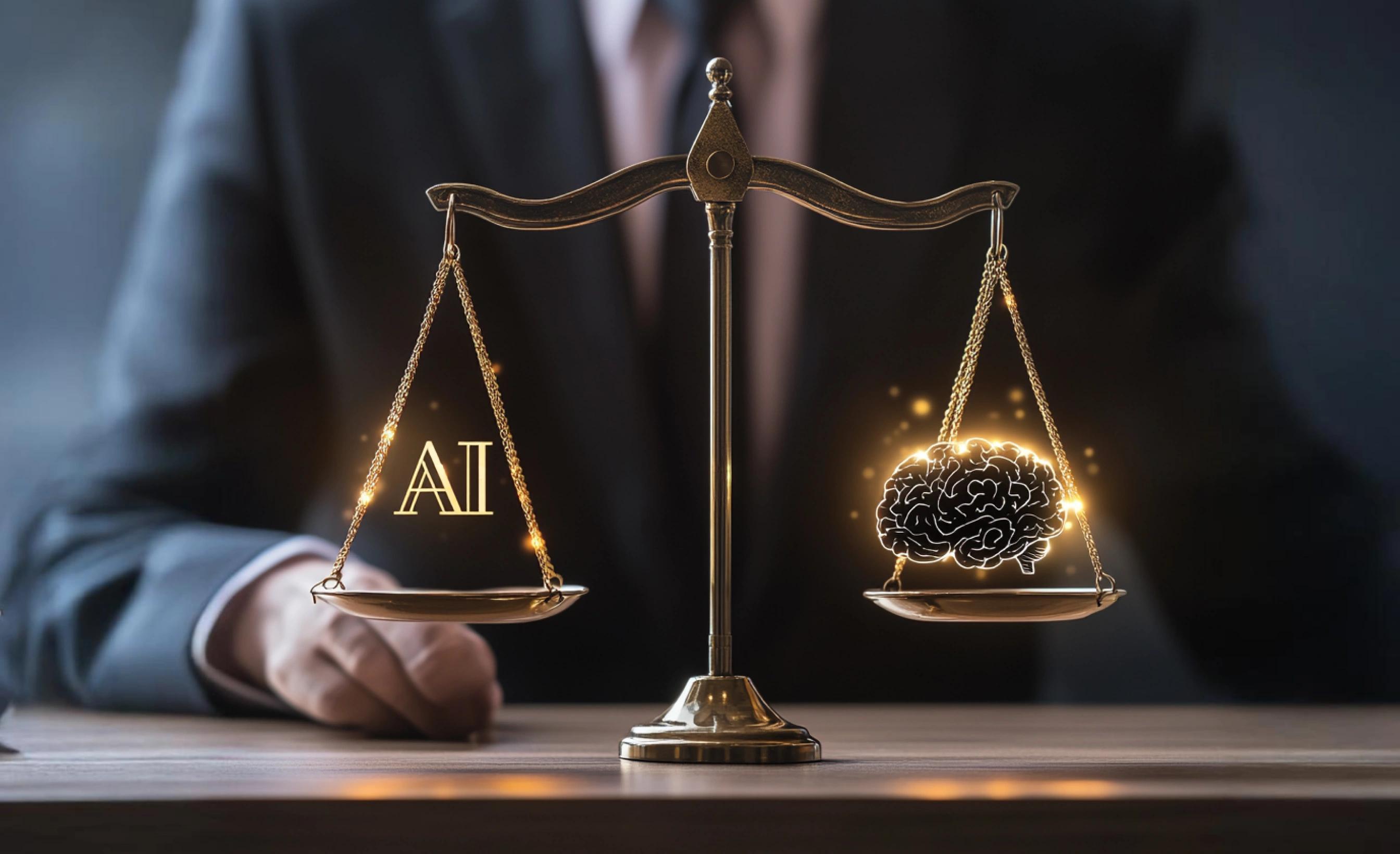
If All Decisions Are Data-Driven, Why Are Humans Still Making Them? – The Rise of AI’s Data-Driven Revolution
Take Amazon, for instance. The retail giant has turned AI into its most trusted advisor. During the 2021 holiday season, Amazon’s predictive stocking system ensured products were already in warehouses before customers even clicked "Add to Cart." By analyzing millions of data points, including regional holidays and weather patterns, AI reduced delivery times and boosted sales by 15%.
But even Amazon’s reliance on AI doesn’t come without caveats. AI is brilliant at crunching numbers, but it doesn’t grasp the subtle undercurrents of human behavior. That’s where human judgment still holds sway.
Let’s take Zara’s example that paints a better picture. The fast-fashion titan uses AI to scan social media trends, identifying hot designs before they go mainstream. But it doesn’t stop there. Designers at Zara don’t blindly follow AI’s suggestions. Instead, they blend these insights with creative intuition, producing collections that shape trends rather than follow them. Their ability to marry data with gut instinct has helped reduce the design-to-shelf cycle to just 15 days, propelling Zara to $20 billion in annual revenue.
That said, how can businesses identify when data isn’t enough?
The Limits of AI
As powerful as AI is, it has its blind spots. Target’s infamous pregnancy-prediction scandal is a glaring example. By analyzing shopping habits, Target’s AI identified a teenage customer’s pregnancy before her family even knew, triggering an avalanche of privacy concerns. While the data was accurate, it lacked the ethical sensitivity only humans can provide.
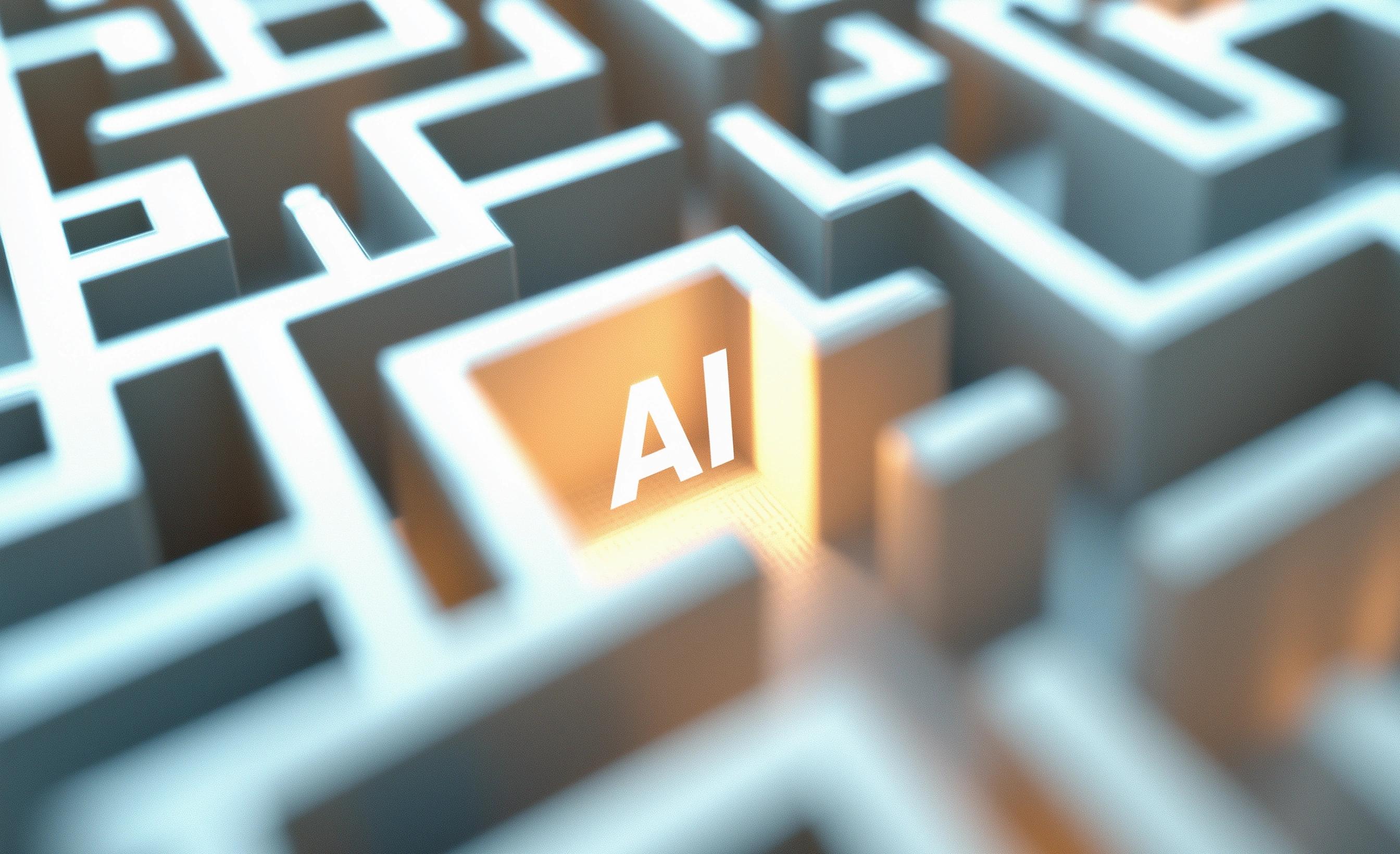
And then there’s Kodak – A brand synonymous with a missed opportunity. Although its AI optimized film production, it failed to recognize the seismic shift toward digital photography. Human intuition, which might have flagged this cultural shift, was sidelined in favor of data-driven decisions. The result? A billion-dollar empire reduced to irrelevance.
Can Businesses Bridge this Gap With AI and Intuition in Harmony?
Businesses might benefit from finding the sweet spot – collaboration. Think of AI as a compass that shows direction. Intuition, on the other hand, is the guide interpreting the map. Together, they can navigate even the most complex terrains.
Starbucks exemplifies this balance. While the coffee chain uses AI to tailor menus to diversify tastes and optimize store locations, CEO Howard Schultz leaned heavily on intuition during the 2008 financial crisis. Instead of cutting costs, Schultz doubled down on Starbucks’ “third-place culture,” creating spaces where people felt at home. AI didn’t recommend this move, but Schultz’s gut instincts did, and it worked, saving the brand from financial collapse.
Similarly, Tesla’s autopilot system showcases AI’s immense potential. Yet, human engineers routinely step in to address unforeseen road conditions, ensuring safety where algorithms fall short. Tesla’s success lies not in over-relying on AI but in combining it with human oversight.
To make ‘collaboration’ more actionable, we at Techolution have come up with a unique framework.
The GGC Framework – A Blueprint for Balance
For businesses to truly master this harmony, a structured approach is essential. The Govern, Guide, and Control (GGC) framework offers a practical solution:
- Govern : Define clear boundaries for AI. For example, banks can use AI for initial credit approvals while involving analysts for borderline cases.
- Guide : Train your AI like you would train your employee. Teach your AI resources to interpret insights critically, as seen in healthcare, where doctors use AI diagnostics alongside patient histories.
- Control : Regularly audit and monitor AI outcomes to ensure they stay relevant and aligned with business goals, like retailers adjusting algorithms for seasonal trends.
Why This Balance Matters
This tug of war between AI and intuition isn’t a flaw, it’s a feature – It’s what keeps businesses adaptive, innovative, and human. Over-reliance on AI risks making decisions that feel cold and detached, while ignoring it altogether risks falling behind competitors.
Take Airbnb’s dynamic pricing during the pandemic. AI suggested optimal rates to keep hosts competitive, but local teams used intuition to adjust for unpredictable circumstances, like sudden lockdowns. This balance helped Airbnb thrive in one of the toughest markets in recent history.
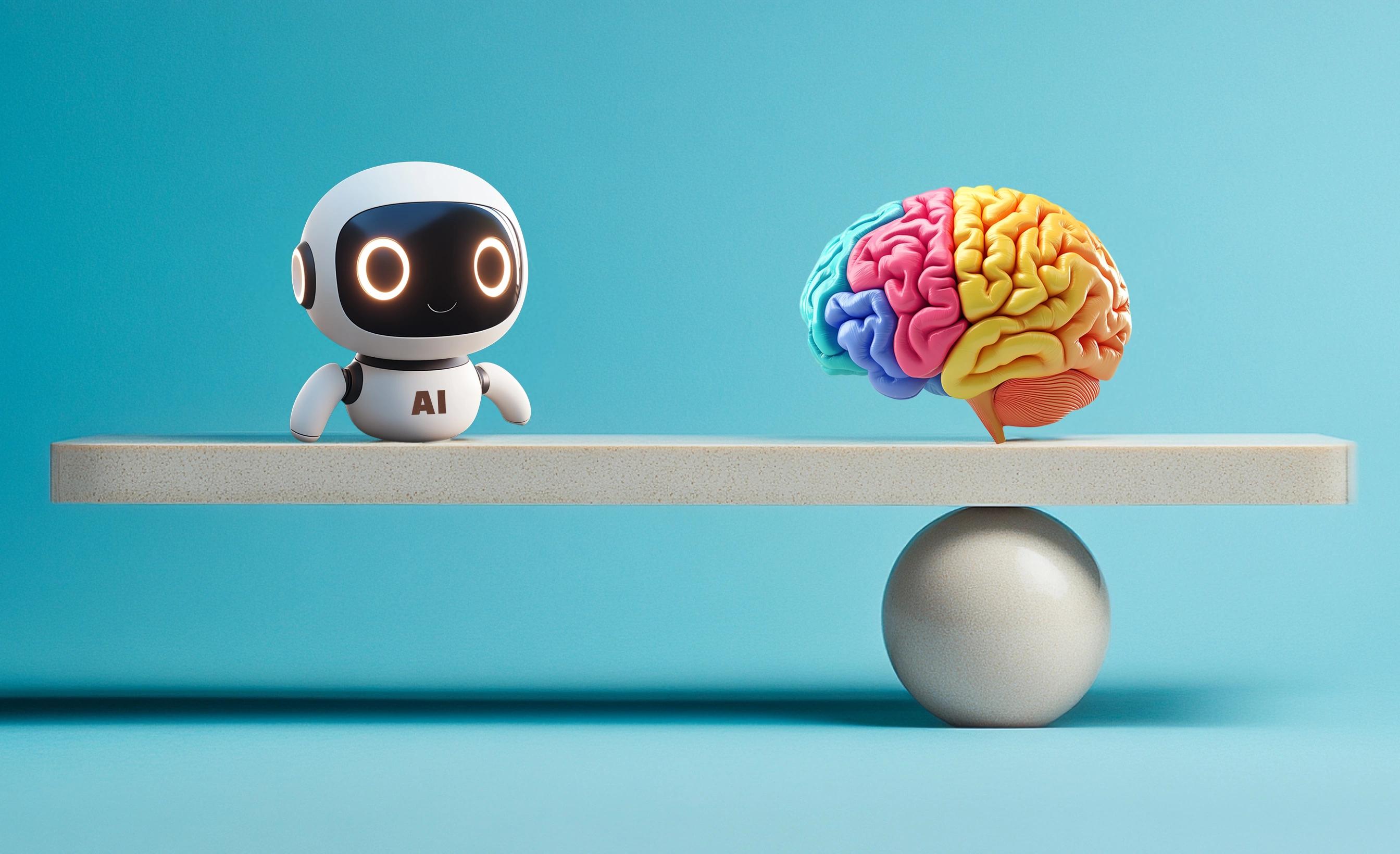
Key Takeaways for Leaders
The secret to winning the AI vs. intuition battle lies in collaboration. Here’s how to start:
- Ask Better Questions : AI can answer “what,” but it’s up to humans to ask “why.” Instead of just relying on data to predict trends, dig deeper to understand the context.
- Pilot-Test Decisions : A/B test AI-led and intuition-led strategies to refine your approach.
- Embrace a Feedback Loop : Regularly evaluate successes and failures to improve your decision-making process.
The Power of Collaboration
At its core, the battle between AI and human intuition isn’t about dominance at all. It’s about synergy. Together, they form a dynamic duo capable of tackling even the most complex business challenges.
As you face your next high-stakes decision, don’t ask whether to trust AI or your gut. Instead, ask how you can use both to complement each other. Because in this tug of war, collaboration—not competition—is the key to success.
